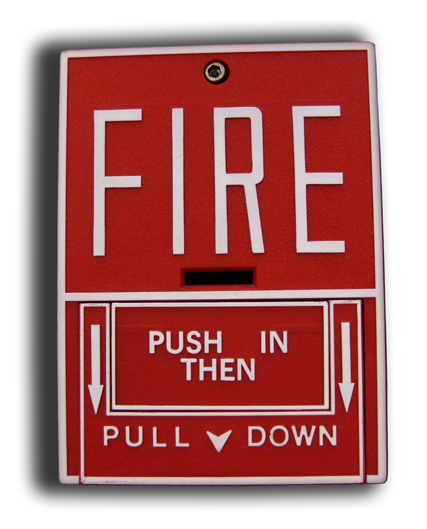Dealing with life safety systems for the past 14 years, we have found there is a fine line between meeting the clients needs and staying within code compliancy. When dealing with destination hotels, resorts, commercial retail spaces, private condos and homes in locations such as Vail and Aspen Colorado, aesthetics is a critical consideration. The desire to cover that red pull station that has to be placed by the front door, or the life safety notification appliance that hangs on the wall above a beautiful display, is driven by home interior decorators, architects, business and homeowners. NFPA 72 and the International Fire Code are the standards most often used in the fire alarm industry, which determines the most effective device placement.
I came across an interesting article where the US Department of Labor is proposing to fine a high end fashion designer in Manhatten, $77,000 “for ‘willful and serious violations of workplace safety standards.’” The proposed fine is the maximum allowed and is being imposed because ‘”Management knew of the hazard of compromised emergency exit access, yet allowed the hazard to continue.”‘ OSHA, was the inspecting government agency. In the world of the fire alarm company, the authority having jurisdiction is usually the fire department’s fire prevention team. While inspecting fire alarm systems, we frequently find field devices that are covered by curtains, displays, boxes, new walls or dropped ceilings. Our clients are trying to hide those obnoxious eye sores from view.
Notification appliances are installed to alert people visually and audibly of a life safety situation and are not effective if covered. The decibel level of the notification appliances is set at a specific level. The candela rating is determined by the placement of the device, size of room and cannot be compromised by obstacles. A silent fire alarm is ineffective. Notification appliances that have both audible and visual are designed to be seen and heard, not covered and muffled. “Kay Gee, OSHA’s area director in Manhattan, said, ‘Workers may have only seconds to escape in the event of a fire or other emergency. It’s critical to maintain swift, clear access to emergency exits, and it is a requirement under the law.’ The fire alarm industry also, has its laws that it is required to abide by.
The annual test and inspection of the fire alarm system, i.e. the life safety system, provides an opportunity to functionally test the system and visually inspect the devices to ensure they work and are clear of clutter, and visually available in the event of an emergency. Knowledge of failed devices is passed on to maintenance, management or others in the position of authority at each facility. The message here is that knowledge of a problem, is a liability exposure that is not acceptable and must be corrected for the life safety of employees and clients.


